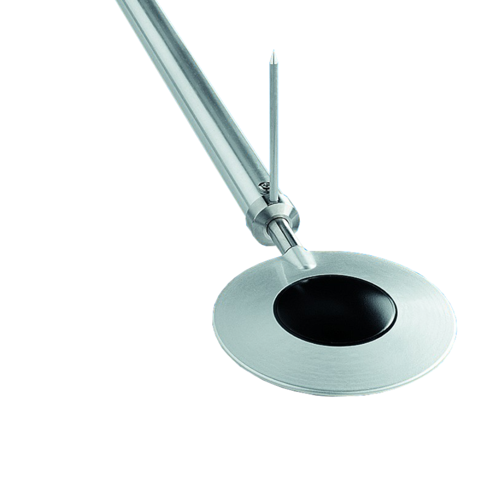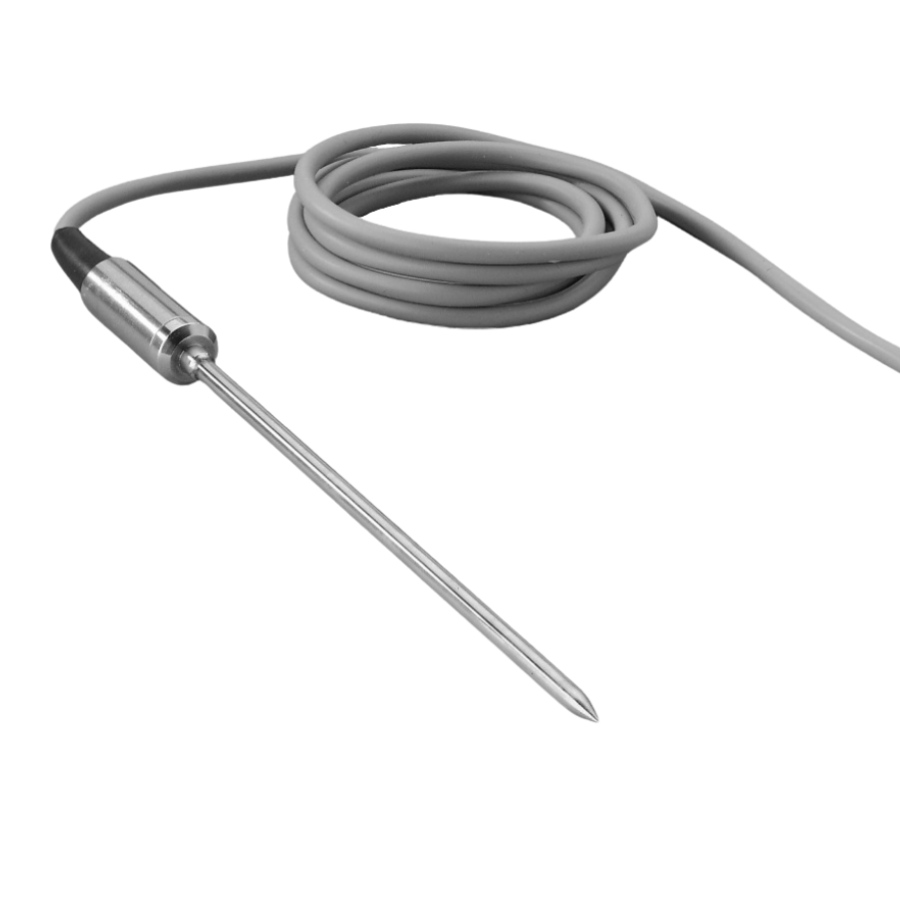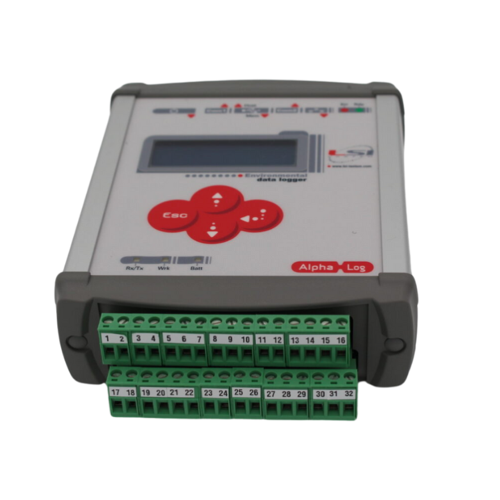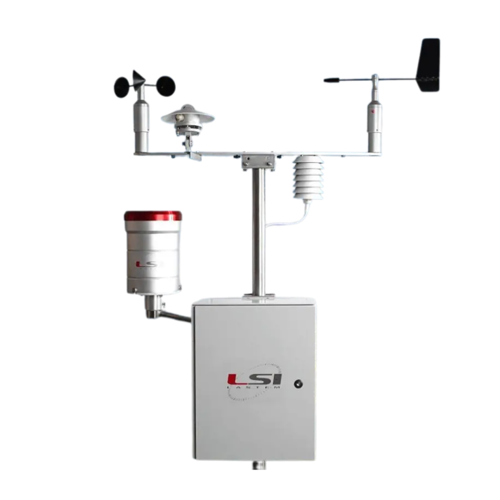The LPNET07 is a precision passive net radiometer designed to measure the total net radiation balance across a surface, from ultraviolet to far infrared (0.2 μm to 100 μm). It features two spherical PTFE-coated receivers that measure the difference between incoming and outgoing radiative flux, providing critical data for energy balance studies. With no need for a power supply, robust outdoor construction, and a typical sensitivity of 10 μV/(W/m²), it is an essential tool for meteorology, climatology, agricultural science, and indoor environmental comfort analysis according to ISO 7726.
Master the Earth's Energy Balance with Precision
The LPNET07 net radiometer is a fundamental instrument for understanding the complete radiative energy exchange between the earth's surface and the atmosphere. By simultaneously measuring the radiation incoming from the sky (sun, sky, clouds) and outgoing from the ground (reflected solar and emitted thermal), it provides the net radiation value—the primary driver of evapotranspiration, soil heating, and atmospheric processes. This data is indispensable for hydrologists, climatologists, and agronomists building accurate models for water resource management, climate change research, and crop yield prediction.
Engineered for Uncompromising Accuracy and Long-Term Reliability
Constructed for permanent deployment in any weather condition, the LPNET07 employs a sophisticated thermopile sensor where the temperature difference between its upper and lower spherical receivers is converted into a precise electrical signal via the Seebeck effect. The receivers are coated with PTFE, which provides a constant spectral response across an exceptionally wide range and protects the instrument from environmental degradation. Its completely passive operation makes it ideal for remote sites, requiring only a high-impedance data logger to capture the millivolt signal for years of maintenance-free service.
Key Advantages & Features
- Broad Spectral Range: Measures radiation from 0.2 μm (UV) to 100 μm (Far IR), capturing the entire solar and terrestrial spectrum for a complete energy picture.
- Passive & Zero-Power Operation: Requires no external power supply, simplifying installation in remote locations and ensuring reliability.
- Spherical PTFE-Coated Receivers: Provide a near-perfect cosine response and are highly durable for long-term outdoor exposure without damage.
- Individual Factory Calibration: Each unit is supplied with its unique calibration factor for high accuracy, traceable to a reference standard.
- Complete Net Radiation Solution: Outputs a single measurement representing the net result of all incoming and outgoing radiation fluxes.
Measures & How to Use
- Primary Application: Critical for calculating the surface energy balance in meteorological networks, agricultural weather stations, and environmental research sites.
- Install the instrument on a mast at least 1.5m above the ground, ensuring it is easily accessible for regular cleaning and that no shadows fall on it at any time of day or year.
- In the Northern Hemisphere, orient the instrument towards the South; in the Southern Hemisphere, orient it North.
- Connect the output cable to a high-impedance (>4000 Ω) millivoltmeter or data acquisition system capable of resolving 1μV.
- Calculate the net radiant flux (W/m²) by dividing the measured voltage (μV) by the unique calibration factor (S) provided with the instrument: E_e = DDP / S.
| Parameter | Specification |
|---|---|
| Sensor & Measurement | |
| Principle | Thermopile (Seebeck effect) |
| Typical Sensitivity (S) | 10 μV/(W/m²) |
| Impedance | 2 Ω ÷ 4 Ω |
| Measuring Range | ±2000 W/m² |
| Spectral Range | 0.2 μm to 100 μm |
| Field of View | 180° (upper and lower sensor) |
| Response Time (95%) | < 60 s |
| Electrical & Physical | |
| Power Supply | Not required (passive) |
| Output Signal | Analog in mV (typically within ±20 mV) |
| Cable | 5 m standard, PTFE, UV-resistant, shielded 2-wire |
| Operating Temperature | -40 °C to +80 °C |
| Weight | 0.35 kg |
| Receiver Material | PTFE-coated spherical surfaces |
| Calibration & Corrections | |
| Calibration | Individual factory calibration, factor provided |
| Wind Speed Sensitivity | Requires correction using formulas provided in datasheet |
| Brand | Senseca |




